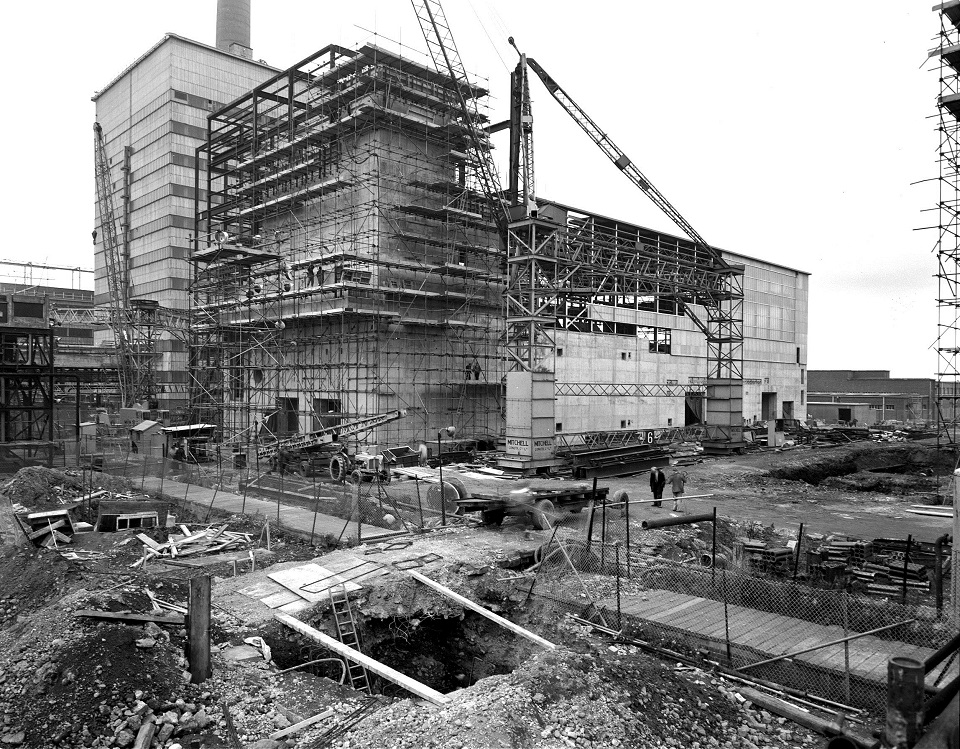British 205 Magnox_Reprocessing_Plant,_construction.jpg

Part 1 of 3 Parts
The U.K.’s last uranium processing plant, B205, located in Sellafield in norther England will be shut down permanently by the end of 2020. This closing will mark the end to sixty-eight years of plutonium separation in the U.K. The U.K. only used the recovered plutonium for the construction of nuclear weapons. Currently, the U.K. has a stockpile of nearly one hundred thirty-nine metric tons of weapons grade plutonium.
The plutonium stored at Sellafield is highly toxic and represents a permanent threat of nuclear proliferation. Tens of thousands of nuclear weapons could be constructed from this plutonium stockpile. The U.K. parliament has estimated that the British government will have to spend about ninety million dollars a year for the next one hundred years to safely store the plutonium. There have been decades of public and private consultation, but no plan has emerged for the ultimate disposition of the plutonium.
During this time, the Nuclear Decommissioning Authority is working on collecting all the plutonium into one place. They are also developing the capability to retreat the packages of plutonium to allow for its long-term storage after the government has made a final decision on exactly how to permanently dispose of it.
The U.K. views the plutonium as a resource and is pursuing options that could involve burning the plutonium in reactors as a fuel. However, multiple analyses have revealed that immature concepts and technology make this disposal methods very risky. Critics of the idea of using the plutonium for fuel say that a much better option would be to treat the plutonium as waste and plan for permanent immobilization and burial.
In the beginning, U.K. separation of plutonium was seen as being justified by military needs. After a few years, there was a wave of enthusiasm for nuclear power and many power reactors were constructed. It was anticipated that the supply of uranium would not be sufficient to fill future needs. Therefore, the idea of a “closed” fuel cycle was developed. Instead of a single use and then disposal of nuclear fuel, the spent fuel would be reprocessed and reused. Most of this reuse would be in fast reactors. The theory was that this would allow for the greater utilization of the uranium that was available. However, this idea of a closed fuel cycle has never been demonstrated on an industrial scale. Only a few countries that use nuclear power are still considering such a closed fuel cycle.
Between 1956 and 2015, the U.K. operated twenty-six Magnox reactors for commercial power generation. Magnox nuclear reactors use natural uranium moderated by graphite as a fuel. The reactors are cooled with carbon dioxide gas and are designed for the efficient production of plutonium. B204 was a pilot reprocessing plant which started operation in 1952. It was replaced in 1964 by the B205 reprocessing plant. These two reprocessing plants together have separated over eighty-five metric tons of plutonium from spent nuclear fuel.
Please read Part 2 next